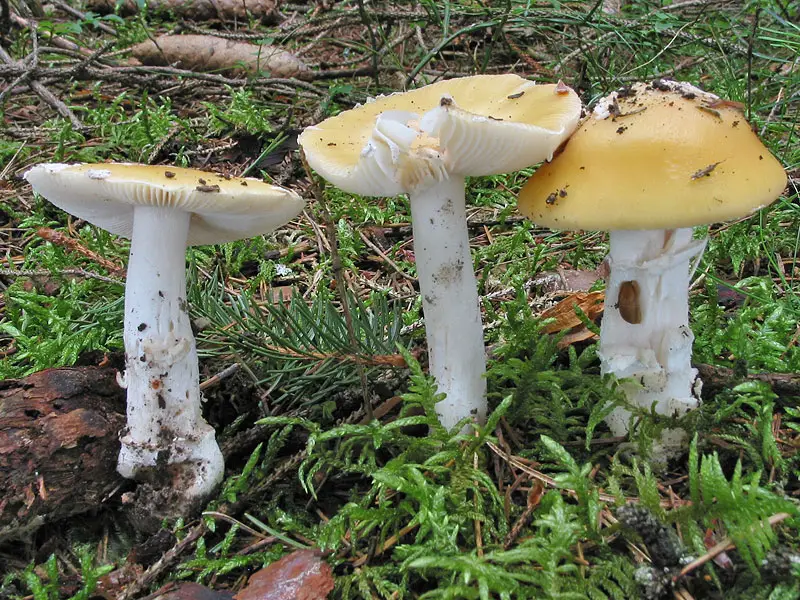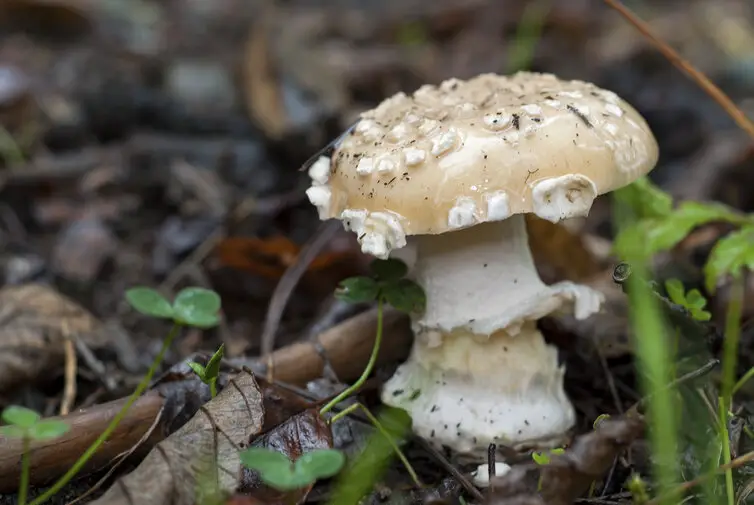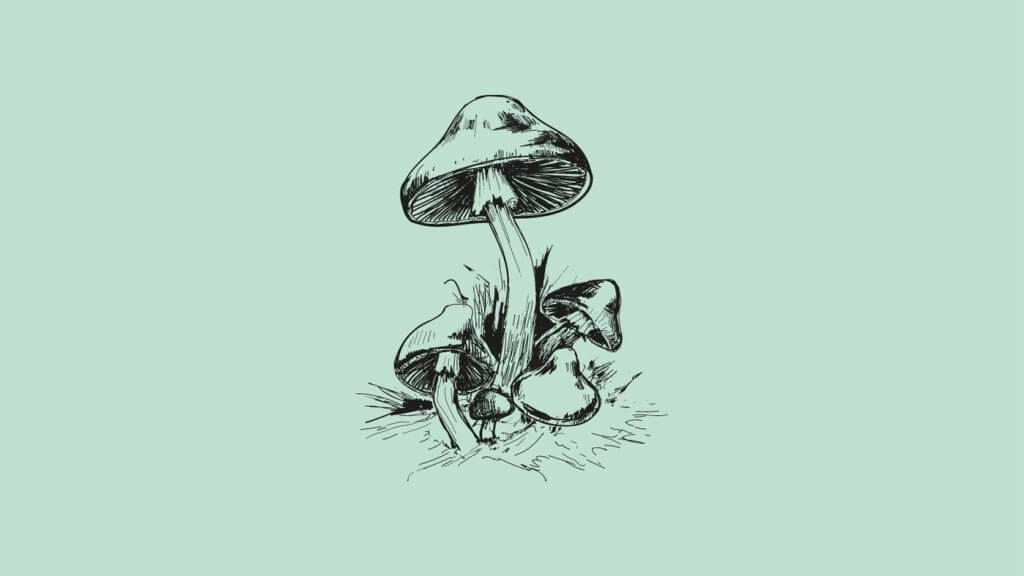Amanita gemmata is a highly toxic mushroom. It is often found growing near manzanita, in coniferous forests, and on-ground debris under and amongst hardwoods throughout the Pacific Northwest and in North Carolina. Eating any of the Amanita species isn’t recommended.
Discovering the Amanita gemmata
Amanita gemmata (Fr) Bertill is the accepted name of a species of mushroom found in many areas of the world. This mushroom is particularly interesting because of its complex classification history and toxicity.
Often referred to by common names such as:
- Jeweled amanita
- Jeweled mushroom
- Gemmed amanita
- Jeweled deathcap
- Jonquil amanita
Amanita gemmata is a mushroom commonly found in the Pacific Northwest, North Carolina, surrounding states, and several European locations.
What Are You Foraging For Right Now?
We're thrilled to hear your ideas. What would you like to submit today? Feel free to share your thoughts and experiences with us.
The history of this taxon is fraught with confusion as experts have worked to determine the relationships between several similar species.
Amanita gemmata was initially described as Agaricus gemmatus by Elias Magnus, a Swedish botanist. It was later redefined as belonging to the genus Amanita by Louis Bertillon, a French statistician.
Its categorization confusion didn’t stop there.
Over time the continued transfer from one genus to another has resulted in a number of synonyms for Amanita gemmata. Among them are:
- Amanita muscaria var. gemmata
- Amanitopsis gemmata
- Amanitaria gemmata
- Amanita adnata
- Amanita junquillea quél
- Agaricus gemmatus Fr
- Amanitopsis adnata
Amanita gemmata’s now classified as a member of phylum Basidiomycota, class Agaricomycetes, order Agaricales, family Amanitaceae, and genus Amanita.
Although there are several Amanita species found in European countries that are often referred to as Amanita gemmata, the variety found in North America is easily identifiable by its cap morphology, anatomy of the volva, and white spore print.
Is Amanita gemmata edible?
Amanita gemmata is NOT EDIBLE.
Amanita gemmata – the jeweled amanita – is a highly toxic mushroom known to cause serious health complications and possible death. It should not be eaten.
If it is ingested, medical treatment should be sought immediately.
Symptoms of poisoning after eating a jeweled amanita include:
- Hallucinations
- Nausea
- Vomiting
- Diarrhea
- Stomach issues
- Appearance of intoxication
- Slow heart rate (bradycardia)

Is Amanita Gemmata psychedelic?
The poisonous compounds in A. gemmata are indeed psychoactive, causing hallucinations, disassociation from reality, and loss of consciousness. Death due to overdose is also a possibility.
Both ibotenic acid and muscimol are psychoactive compounds in A. gemmata and are responsible for the hallucinogenic effect when ingested.
These are the same compounds found in Fly Agaric and Amanita muscaria.
Where does Amanita gemmata grow?
Amanita gemmata likes to partner with its habitats for growth. It’s considered a mycorrhizal fungus providing carbon to its host while receiving nutrients for growth in return.
Where available, it prefers sandy soil and can be found growing in both clusters and individually depending upon resources within the habitat.
It is often found growing near manzanita, in coniferous forests, and on-ground debris under and amongst hardwoods throughout the Pacific Northwest and in North Carolina.
How to identify an Amanita gemmata?
Making the proper identification of any mushroom is crucial as there is a number, including A. gemmata, that are poisonous.
When identifying A. gemmata, look for the following characteristics:
- Convex, planoconvex, or flat cap. Young mushrooms will have a cap that’s more clearly convex. As the mushroom grows, the cap will flatten out.
- Cap that is a dull shade of yellow and sticky to the touch.
- While growing, it develops an array of warts across the surface of the cap that, although unsightly, are easily wiped away or washed off by rain when the mushroom reaches maturity.
- White gills that are close together.
- White spore print.
- The stem of the Amanita gemmata will have a ring of tissue around the upper part called an annulus.
- You can find a fragile volva at its base that resembles a rim.
On a microscopic level, you can find more identifiers, including details relating to the spores.
Clamp connections, which are structures that help ensure genetic variation, aren’t typically present in this species.
Because clamps are commonly found at the base of the basidia (structures that create spores) within this phylum, their presence or absence aids in identifying the species.

Are there any edible lookalikes?
Eating any of the Amanita species isn’t recommended.
Amanita has roughly 600 species variations, many of them toxic.
Although some are edible, the toxicity of this particular genus is responsible for approximately 95% of the deaths related to mushroom poisoning.
Amanita gemmata itself shares visual characteristics with some of its edible cousins, which makes the danger of mistaken identification a constant concern. The culinary attributes of the edible versions are not considered worth the risk.
Edible lookalikes do exist, however, most of which are found in areas of Africa, Mexico, and Europe.
Among the species that are often mistaken for Amanita gemmata or vice versa are:
- Amanita fulva, or tawny grissette
- A.muscaria
- A. pantherina
- Amanita cothurnata
- A. basii
The most accurate identification of Amanita gemmata is made at the microscopic level. Since most foragers, particularly novice foragers, aren’t making identifications in this granular manner, it is recommended that all versions of Amanita are assumed poisonous and not safe for consumption.
Lorin is a writer, photographer and nature enthusiast in Sacramento, CA. In addition to gardening, she makes a regular practice of forging for edible plants and flowers. Nature nourishes if you know where to look.

